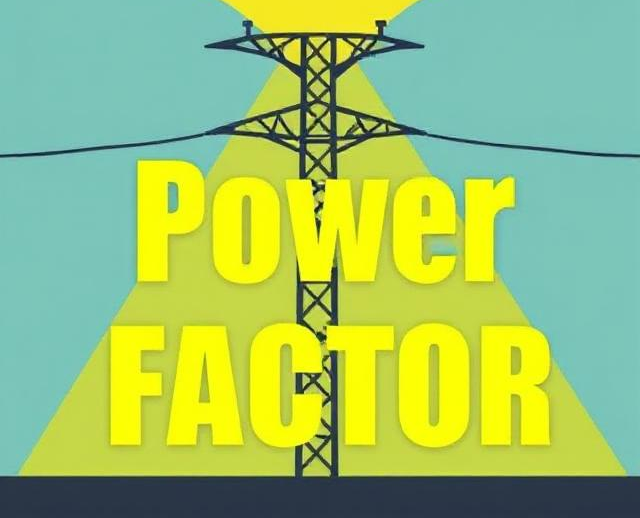What is Power Factor?
Power Factor (PF) is the ratio of real power used to do useful work to the apparent power supplied in an electrical system. It ranges from 0 to 1, with an ideal power factor of 1 indicating that the voltage and current are perfectly in phase. A low power factor results in inefficient power usage and higher electricity bills.

Why Correct Power Factor?
A low power factor can lead to several issues, including:
-
Increased current flow for the same amount of power
-
Higher losses in cables and equipment
-
Overloading of generators and transformers
-
Potential penalties from electricity suppliers
What is Power Factor Correction (PFC)?
Power Factor Correction refers to methods used to improve the power factor of a system, typically by reducing the reactive power. This helps to balance the phase difference between voltage and current, thereby improving overall system efficiency.
Common Power Factor Correction Methods
1. Using Capacitors (Capacitor Bank)
This is the most common method of power factor correction. Capacitors produce leading reactive power, which cancels out the lagging reactive power from inductive loads (like motors). This causes voltage and current to become more in phase, thus improving the power factor. Capacitors can be:
-
Fixed Capacitors: Installed permanently to maintain a constant level of correction.
-
Automatic Capacitor Banks: These switch on or off depending on load conditions, providing dynamic correction.
2. Synchronous Condensers
A synchronous condenser is a synchronous motor running without a mechanical load. It can be over-excited to supply reactive power, dynamically adjusting the system’s reactive power as needed. This method is especially effective for large industrial plants, though it is more expensive.
3. Phase Advancers
Phase advancers are devices used specifically for correcting the power factor of induction motors. Installed on the motor’s rotor circuit, they provide leading current to cancel out the lagging current caused by the motor’s windings. They are mainly used for large motors under heavy loads.
4. Using Power Electronics Devices
Modern power electronics devices, such as Static VAR Compensators (SVC) and Active Power Factor Correctors (APFC), can quickly adjust the system’s reactive power. These devices are widely used in industrial plants and power grids, offering continuous, automatic power factor correction.
How Power Factor Correction Works
Inductive loads like motors and transformers cause a lagging power factor, meaning the current lags behind the voltage. Capacitors and other devices provide leading reactive power, where the current leads the voltage. By balancing the lagging and leading reactive power, the net reactive power is reduced, resulting in the current drawn from the supply being closer in phase with the voltage. This improves system efficiency, reduces energy losses, and lowers electricity bills.
Benefits of Power Factor Correction
-
Reduces electricity bills: Less wasted energy means lower costs.
-
Increases system capacity: More useful power can be supplied.
-
Reduces transmission losses: Power is delivered more efficiently.
-
Prevents overheating of equipment: Reduced strain on equipment extends its lifespan.
-
Avoids penalties: Helps prevent fines from utility companies for having a low power factor.
Real-Life Example
Factories with numerous motors often experience low power factors. By installing capacitor banks, these facilities can reduce reactive power, improve their power factor, and save on electricity costs. This also helps increase the lifespan of their equipment due to reduced strain.
Summary
-
Power Factor = Real power / Apparent power
-
Low Power Factor causes losses and penalties
-
Capacitor banks are the most common correction method
-
Synchronous condensers and phase advancers are used for large motors
-
Power electronics offer fast, automatic correction
-
Correcting Power Factor saves energy, money, and equipment life


